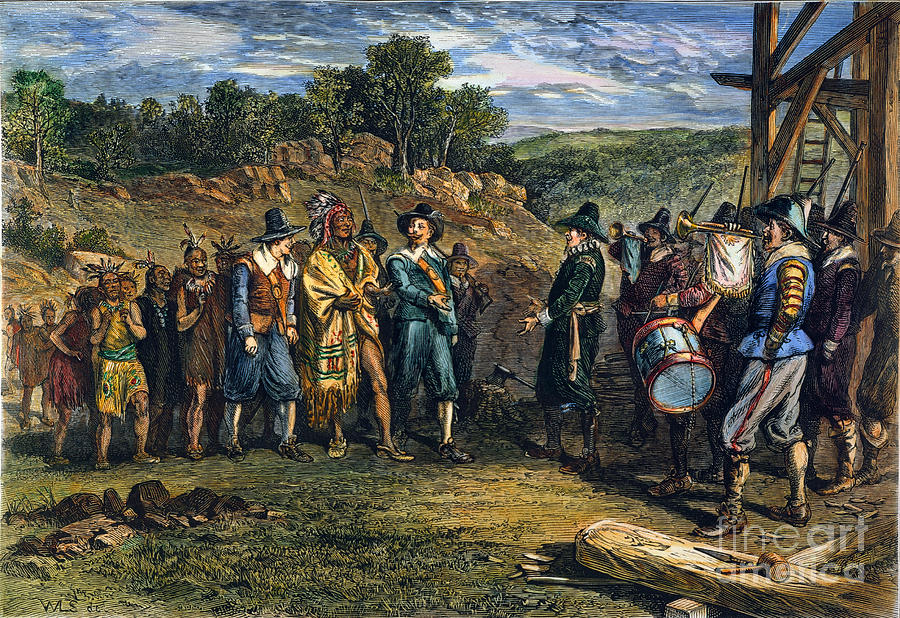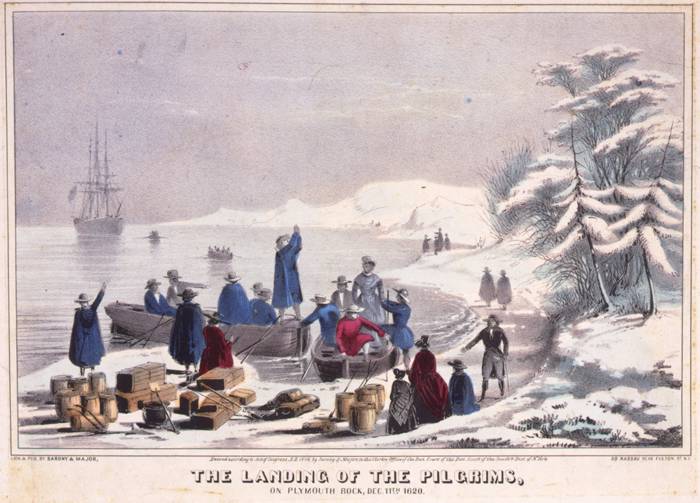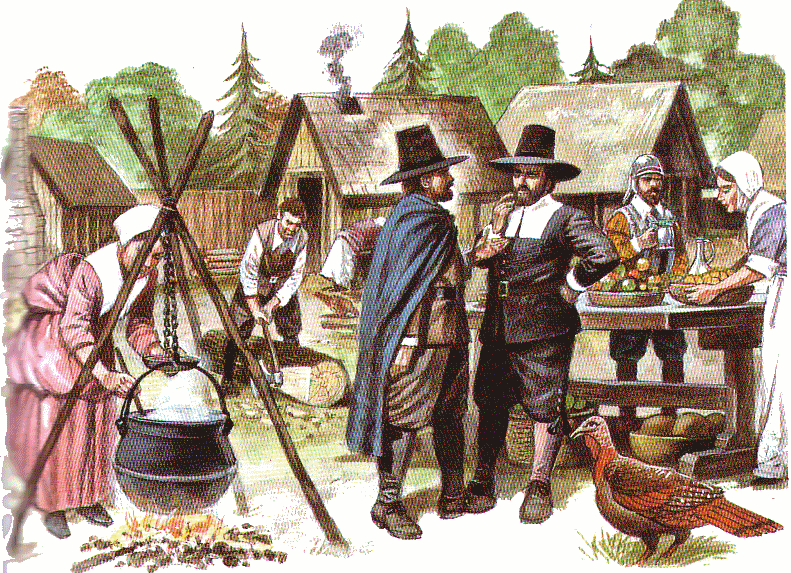

That, along with all the 400th anniversary celebrations, have been canceled in Provincetown - save one: the virtual lighting of Provincetown's Pilgrim Monument, marking the historic events that began there 400 years ago today.The Pilgrims were a group of English people who left England behind and came to America in 1620. The exhibit at the Provincetown Pilgrim Museum has been revamped to tell the Wampanoags’ version of the Pilgrims' arrival, but the public will have to wait to see it until after the pandemic passes. Change comes about when there is there is an honest and genuine relationship, and that's what occurred here,” Peters said. “I can tell you that some of those people who strongly objected in the beginning are grateful today, and have told me so. Peters said at first, many members of her tribe objected to the collaboration. Over the past few years, members of the Wampanoag tribe have been encouraged by Plymouth’s Mayflower 400 committee to tell their side of the Pilgrim story - one generally not expressed in history books. It was something the Natives never forgot - and it made them fear the Pilgrims. It was in that year that an English explorer named Timothy Hunt captured 20 members of the Wampanoag tribe and took them back to England to sell as slaves. “For the Wampanoag, 400 years starts in 2014, because 1614 was the year that Squanto and 19 of his fellow tribesmen were taken, and we need to tell that story first,” Peters said. The first documented claim that Plymouth Rock was the landing place of the Pilgrims was made by Elder Thomas Faunce in 1741 - 121 years after the Pilgrims arrived in Plymouth.įor the Wampanoag tribe, the story of the Pilgrims' arrival begins six years earlier, according to tribal historian Paula Peters. It is interesting to note that despite the myth, the Pilgrims did not refer to Plymouth Rock in any of their writings. They decided that was a safer place to settle, and the Mayflower anchored in Plymouth Harbor on Dec. The Natives ran back into the woods and the Pilgrims set off in a small boat, only to be blown off course and ending up in Plymouth. Arrows and bullets flew, but no one was injured. It all came to a head a month later, when a group of Wampanoags and a contingent of Pilgrims led by Myles Standish skirmished near First Encounter Beach in Eastham. They also took possessions from Indigenous homes and at least one instance, looted several graves,” he said. “The first two shore parties dug up the Nausets' food supplies, which they had stored in various locations. Ian Saxine of Bridgewater State University said in that time, the Pilgrims did not exactly make themselves welcome to the Native Americans. What's more, our modern-day notions of democracy would have been entirely anathema to them,” Silverman said.įor the next five weeks as the Mayflower remained anchored in Provincetown, the Pilgrims explored Cape Cod.

“They certainly wanted religious liberty for themselves, but they had no interest in extending it to others. It is often referred to as one of the foundation blocks for what would eventually become our democracy, though historian David Silverman disagrees. To prevent what chaos might have ensued, the Pilgrims created the Mayflower Compact, in which all passengers consented to follow the community's rules and regulations.

The strangers threatened that they "would use their own liberty for none had power to command them," since they would not be settling in the agreed-upon Virginia territory. Some of the strangers, I mean, to put no finer point on it, were probably not a great deal better than neighbors from hell," Dolby said. “They were a very incompatible lot, in some respects. And as Pilgrim scholar Malcolm Dolby said, the groups made for an uncomfortable trip. The rest were adventurers and tradesmen, called "strangers" by the Pilgrims. Of the 102 passengers aboard the Mayflower, only half were Pilgrims. But it was not so much a document espousing liberty as it was a means of survival.


 0 kommentar(er)
0 kommentar(er)
